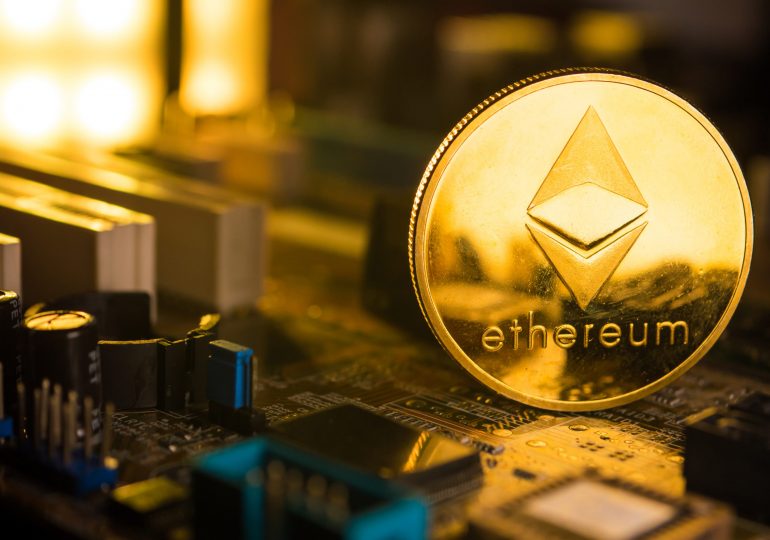Ether is the native cryptocurrency of Ethereum. Released in 2015, Ethereum is designed to be a general purpose blockchain platform. That’s in contrast to Bitcoin, which excels in its single use case as a digital currency, but isn’t as extensible.
Vitalik Buterin, the creator of Ethereum, has likened Bitcoin to a pocket calculator and Ethereum to a smartphone.
In other words, a pocket calculator does its job well, but a smartphone can contain a variety of applications—one of which could be a calculator app. It’s this open-endedness that has put Ethereum squarely at the center of much of the innovation currently taking place in the crypto space. From decentralized finance (DeFi) to nonfungible tokens (NFTs) to decentralized autonomous organizations (DAOs)—a lot of the excitement in crypto is happening on Ethereum.
All of these use cases on Ethereum are built using smart contracts—programs that run on the Ethereum blockchain. To interact with these smart contracts, users pay ether, the digital currency of the Ethereum ecosystem.
When used to pay for transactions, ether acts like a commodity that is consumed. When it’s held as an investment, ether is more like bitcoin—a store of value.
Unlike bitcoin, ether currently has no supply cap. But an upgrade to the Ethereum protocol in August 2021 reduced the rate of supply growth and a set of major upgrades scheduled for 2022 may reduce the rate of growth even further. Some analysts predict that, at that point, the supply of ether may actually begin falling
Leave a comment

